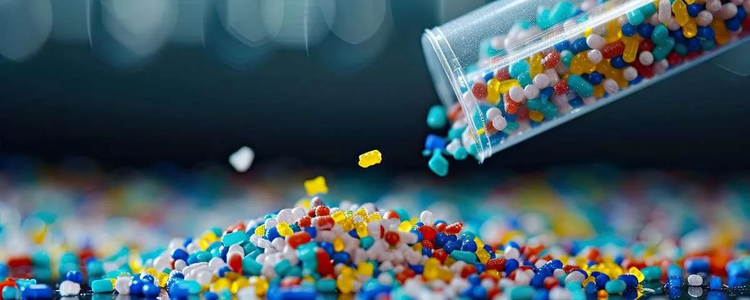The Role of Antioxidants in Elastomers and Their Formulation Strategies I. Functional Mechanisms of Antioxidants in Elastomer Systems Antioxidants in raw materials: Primary antioxidants are typically incorporated during elastomer synthesis to provide oxidative protection during storage and transportation. These additives effectively retard/prevent material degradation caused by oxidation, thereby maintaining raw material stability and quality parameters. Antioxidants in modified formulations: Their inclusion serves dual purposes during both processing and service life: Processing phase: During high-temperature manufacturing processes (pelletization, extrusion, injection molding), mechanical shear and thermal energy induce free radical formation. Antioxidants function as radical scavengers to inhibit oxidative chain reactions. Service conditions: When exposed to environmental stressors (UV radiation, thermal cycling, humidity), formulated antioxidants provide supplementary protection against aging phenomena. Performance requirements vary significantly across applications - specialized antioxidants may be required for enhanced heat resistance (≥120°C continuous service) or weatherability. II. Antioxidant Selection Criteria Material compatibility: Selection must consider substrate characteristics. For instance, SBS-based TPR materials with unsaturated double bonds demand higher-performance antioxidants compared to conventional TPE systems. Processing parameters: Thermal stability and shear resistance are critical considerations. Selected antioxidants must maintain efficacy under specific processing conditions (typical temperature range: 180-220°C). Regulatory compliance: Contemporary formulations must adhere to global environmental regulations (REACH, RoHS) and toxicity standards (FDA, USP Class VI). Phosphite-free alternatives are increasingly preferred in eco-sensitive applications. III. Technical Guidelines for Antioxidant Implementation Commercial antioxidant systems: • Primary/Secondary synergists: Standard combination of 1010 (phenolic) + 168 (phosphite) at 1:1-2 ratio. 1010: High-performance bis-phenol antioxidant (mp: 110-125°C) 168: Hydroperoxide decomposer (enhances 1010 regeneration) • Alternative option: 1076 mono-phenol antioxidant (mp: 50-55°C) for cost-sensitive applications with moderate performance requirements Dosage optimization: Typical loading ranges from 0.5-3 wt%, adjustable based on: • Base polymer characteristics • Processing parameters • End-use performance specifications Processing considerations: • Temperature control: Maintain below antioxidant decomposition thresholds • Shear management: Ensure homogeneous dispersion without molecular degradation • Compatibility testing: Verify antioxidant-polymer interactions during compounding This formulation approach ensures optimal balance between oxidative protection and mechanical
